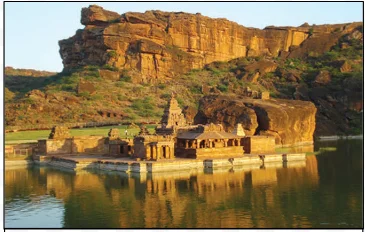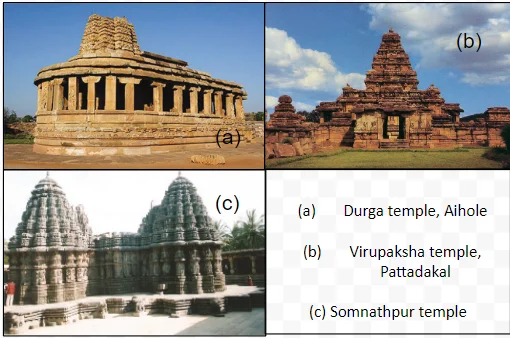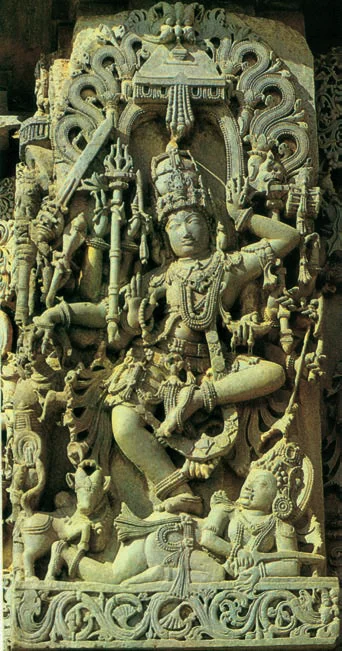![]() 19 Jun 2024
19 Jun 2024
The temple architecture in the Deccan region, particularly in Karnataka, exhibits a blend of North and South Indian influences. Scholars acknowledge a hybridized style called vesara, which emerged around the mid-seventh century, distinct from the nagara and Dravida styles.
Time Period: In the late seventh or early eighth century, the Rashtrakutas took control of the Deccan, showcasing grand architecture at Ellora.

Founder: Pulakesin I founded the western Chalukya kingdom around Badami in 543 CE.


Hoysalas: Succeeding the Cholas and Pandyas, became prominent patrons in South India.

Foundation: Founded in 1336 CE, Vijayanagara, the ‘city of victory,’ drew international travelers like Niccolo di Conti, Domingo Paes, Fernao Nuniz, Duarte Barbosa, and Abd al-Razzaq, who provided vivid accounts of the city.
| Must Read | |
| Current Affairs | Editorial Analysis |
| Upsc Notes | Upsc Blogs |
| NCERT Notes | Free Main Answer Writing |
The Deccan region fostered a unique blend of architectural styles. Rashtrakutas carved the Kailashnath temple, showcasing a complete Dravidian structure. Chalukyas experimented with hybrid vesara styles, evident in the Virupaksha and Papnath temples. Hoysalas constructed stellate-plan temples in Halebid, exemplifying the vesara style. Vijayanagara synthesized Dravidian with Islamic influences, reflecting a rich cultural exchange.
<div class="new-fform">
</div>